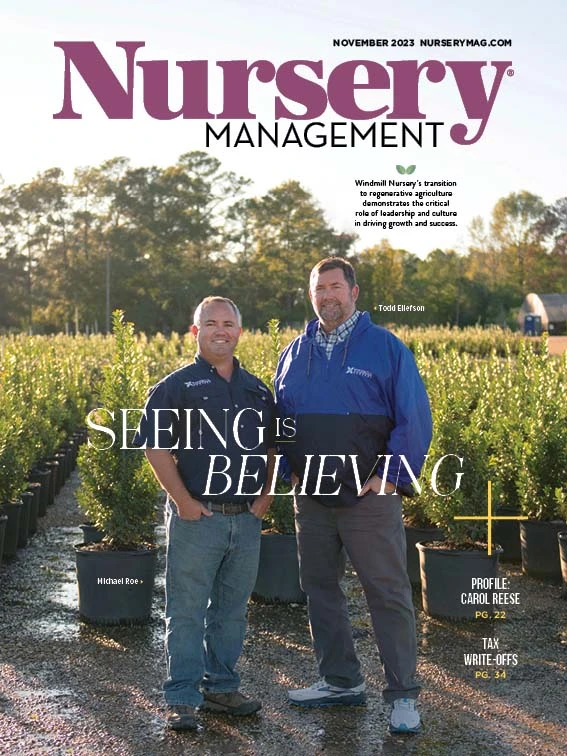
On a brisk mid-October day, my son took part in the fifth annual “Punkin’ Chunkin’” event at his middle school. The pumpkin tossing event is the brainchild of a 6th grade science teacher, destined to be remembered fondly forever because of fun projects like these. It’s a big deal in our town. People bring lawn chairs, one of the local news stations usually drops by for a feel-good autumn feature, and the PTA has a captive and willing audience for its bake sale.
The kids pick which pumpkin-hurling apparatus they want to build, develop the design, and then the parents typically get involved. I’m always up for a trip to the hardware store, but I have to admit I was intimidated when my son’s group decided to build a trebuchet. Wouldn’t a slingshot or even a catapult have been easier? But as usual, I got swept up in the excitement. Next thing you know, I’m researching medieval siege equipment and watching YouTube videos of bearded guys with circular saws.
After the supply run, we had all the kids (and some interested dads and grandpas) over to our house to see if we could actually build this thing. To our credit, the dads mostly stayed in supervision mode, letting the kids learn how to use the tools. My son is following in his father’s footsteps in one way: he found a best friend who is really good at math. Thanks in no small part to his perfect measurements and calculations, this group of sixth graders assembled a trebuchet that worked on its very first try. After some tweaks to the release mechanism, it was ready for the big day. At the event, it launched a pumpkin 87 yards, good enough for a place on the medal stand and a bunch of happy 12-year-olds.
Now, they’re ready to storm the gates of a neighboring kingdom.
I learned a lot from this challenge, and not just about the physics of launching a gourd across a field. Don’t be afraid of big challenges. Your team may have more strength than you realize. If they propose a project, and they’re passionate about it, give them the chance to prove they can handle it. And this may be tough, but let them do it their way. If you step in and solve every problem yourself, your team won’t get the chance to develop those skills. Also, crucially, don’t immediately pull the plug when the project hits a snag.
It reminds me of this month’s cover story. Windmill Nursery made some major changes to its plant production process. Michael Roe, Windmill’s VP of production, had a plan. He shared it with company president Todd Ellefson, who may have had his doubts, but let him run with the idea. It certainly wasn’t perfect from day 1, but Michael was adamant it would work, and management had his back even through setbacks. Read more on pg. 15.
And if you have any ideas for what I should do with a pumpkin-launching trebuchet, preferably ones that don’t involve massive property damage, shoot me an email.


Explore the November 2023 Issue
Check out more from this issue and find your next story to read.
Latest from Nursery Management
- The Growth Industry Episode 3: Across the Pond with Neville Stein
- Trends: Proven Winners 2025 perennial survey shows strong demand
- Online registration opens for the 2025 Farwest Show
- Sustainabloom launches Wholesale Nickel Program to support floriculture sustainability
- Plant breeding as an art
- Society of American Florists accepting entries for 2025 Marketer of the Year Contest
- American Horticultural Society welcomes five new board members
- Get to know Christopher Brown Jr. of Lancaster Farms







